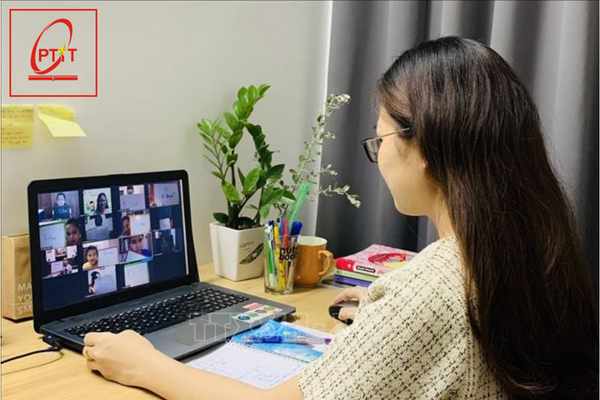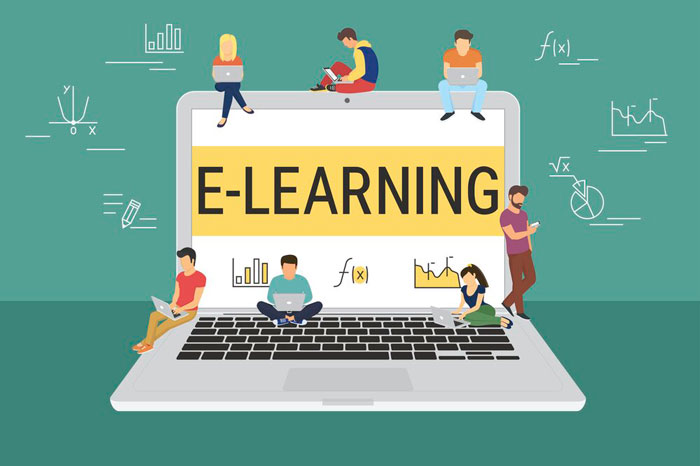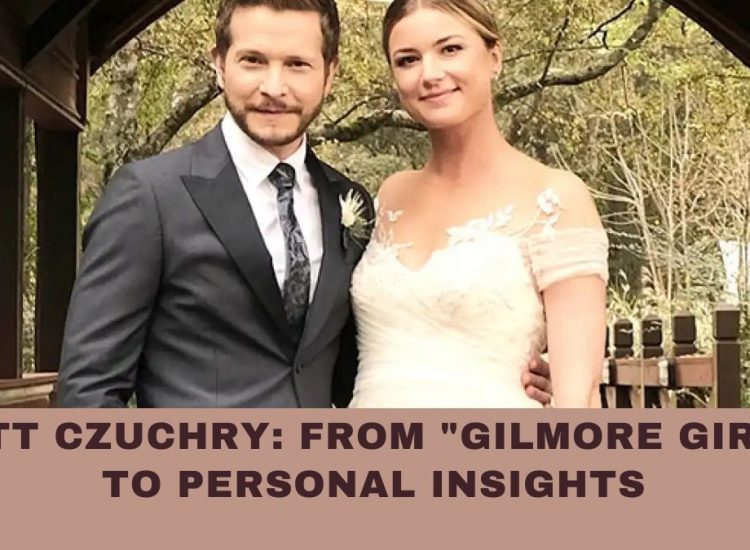Key Services Provided by a Personal Injury Lawyer

Toc
-
Investigation and Evidence Gathering:
- Thorough Investigation: Conduct a comprehensive investigation into the accident, gathering evidence such as police reports, witness statements, medical records, and photographs.
- Accident Reconstruction: In complex cases, they may work with accident reconstruction experts to determine the cause of the accident.
- Document Collection: Obtain and organize all relevant documents, including medical bills, lost wages, and property damage estimates.
-
Legal Advice and Counsel:Explain Legal Rights: Advise clients on their legal rights and options, including the potential for compensation and the legal deadlines for filing a claim.
-
- Assess Case Viability: Evaluate the strength of the client’s case and determine the likelihood of success.
- Develop Legal Strategy: Develop a comprehensive legal strategy tailored to the specific circumstances of the case.
-
Negotiation and Settlement:
- Negotiate with Insurance Companies: Negotiate with insurance companies on behalf of their clients to secure a fair settlement.
- Represent Clients in Settlement Negotiations: Advocate for their clients’ interests and ensure they receive the compensation they deserve.
-
Litigation and Trial Representation:
-
 If a settlement cannot be reached, they represent clients in court, presenting evidence, arguing legal points, and advocating for their rights.
If a settlement cannot be reached, they represent clients in court, presenting evidence, arguing legal points, and advocating for their rights.- Prepare for Trial: Conduct thorough preparation for trial, including witness interviews, deposition preparation, and the development of trial exhibits.
- Represent Clients in Court: Represent clients in court during trials and hearings.
-
Client Communication and Support:
- Keep clients informed throughout the legal process.
- Answer client questions and address their concerns.
- Provide emotional support and guidance during a stressful time.
Negotiating with Insurance Companies
1. Gather Evidence and Documentation:
- Medical Records: Obtain copies of all medical records, including doctor’s notes, hospital bills, and prescriptions.
- Photographs: Take photos of the accident scene, vehicle damage, and any injuries.
- Witness Statements: Collect contact information from any witnesses to the accident.
- Financial Records: Gather documentation of lost wages, property damage, and other financial losses.
2. Understand Your Policy:
- Review your insurance policy: Understand your coverage limits and any exclusions.
- Know your rights: Familiarize yourself with your rights as a policyholder.
3. Communicate Clearly and Concisely:

- Document everything: Keep detailed records of all communications with the insurance adjuster, including dates, times, and the content of conversations.
- Be polite but firm: Be assertive and polite, but don’t allow the insurance adjuster to intimidate or pressure you.
- Be honest and truthful: Always be truthful and accurate in your communications.
4. Don’t Accept the First Offer:
- Insurance companies often start with lowball offers. Do not accept the first offer without careful consideration.
- Negotiate for a fair settlement: Explain the full extent of your injuries and losses, and back up your claims with evidence.
5. Consider Hiring an Attorney:
- An experienced attorney can:
- Negotiate on your behalf: An attorney can effectively negotiate with insurance adjusters and advocate for your best interests.
- Protect your rights: Ensure your rights are protected and that you receive fair compensation.
- Handle complex legal issues: Navigate complex legal procedures and deadlines.
6. Be Patient and Persistent:
- The negotiation process can take time. Be patient and persistent in pursuing a fair settlement.
- Don’t give up: If you believe the insurance company is not acting in good faith, consult with an attorney to discuss your options.
Important Considerations:
- Never admit fault: Even if you believe you may have contributed to the accident, avoid admitting fault to the insurance adjuster.
- Do not sign any documents without reviewing them carefully.
- Consult with an attorney before accepting any settlement offer.
Gathering Evidence

Witnesses
1. https://cacaocafenewjersey.com/lan-song-ca-phe-thu-5-ky-nguyen-moi-cua-linh-vuc-kinh-doanh
2. https://cacaocafenewjersey.com/cach-sang-tao-thuc-uong-dac-trung-cua-rieng-ban
3. https://cacaocafenewjersey.com/key-considerations-when-selecting-a-divorce-lawyer
4. https://cacaocafenewjersey.com/cach-pha-cacao-ngon-don-gian-tai-nha
5. https://cacaocafenewjersey.com/flat-white-va-latte-ban-da-biet-cach-phan-biet-hai-thuc-uong-nay-chua
Witnesses can provide invaluable testimony to support your case. There are different types of witnesses, including eyewitnesses, character witnesses, and expert witnesses. Eyewitnesses are those who have seen the incident or accident happen, while character witnesses can speak to the character of the parties involved. Expert witnesses have specialized knowledge in a particular field and can provide expert testimony on complex matters.
The first step in gathering witness testimony is to identify potential witnesses. This can be done by interviewing individuals who were present at the scene of the incident or accident. You can also review police reports or other documents to identify potential witnesses. Once you have identified potential witnesses, you can contact them and ask them to provide a statement or testify in court.
It is important to prepare for witness testimony by reviewing the facts of the case and creating a list of questions to ask. You should also explain the process of testifying in court to the witness and provide any necessary support, such as transportation or childcare.

1. Discovery Phase:
- Information Exchange: This is a critical phase where both sides gather information about the case.
- Interrogatories: Written questions that must be answered under oath.
- Requests for Production of Documents: Demands for documents relevant to the case (e.g., medical records, financial records, emails).
- Depositions: Out-of-court sworn testimony from witnesses.
- Goal: To gather all relevant information to build a strong case for trial.
2. Motions:
-
- Motions to Dismiss: Arguments that the case should be dismissed due to lack of evidence or legal grounds.
- Motions to Compel Discovery: Requests to the court to order the other side to comply with discovery requests.
- Motions in Limine: Requests to exclude certain evidence from being presented at trial.
Pre-trial Motions: Attorneys may file various motions with the court, such as:
3. Settlement Negotiations:
- Negotiations: Throughout the process, attorneys may engage in settlement negotiations to try to resolve the case without going to trial.
- Mediation: In some cases, the court may order mediation, a process where a neutral third party helps the parties reach a settlement.
4. Trial (if necessary):

- Jury Selection: If a jury trial is requested, the process of selecting jurors will take place.
- Opening Statements: Attorneys present their opening statements to the jury.
- Presentation of Evidence: Witnesses testify, and evidence is presented.
- Closing Arguments: Attorneys present their closing arguments to the jury.
- Jury Deliberation: The jury deliberates and reaches a verdict.
5. Judgment and Appeal:
- Judgment: If found liable, the defendant may be ordered to pay damages.
- Appeal: The losing party may have the right to appeal the court’s decision to a higher court.
Important Considerations:
- Legal Process Can Be Complex: The legal process can be complex and time-consuming.
- Legal Representation: Having an experienced attorney is crucial to navigate the legal system effectively.
- Client-Attorney Communication: Maintaining open and consistent communication with your attorney is essential throughout the process.
After selecting the best personal injury lawyer for your case, the following steps will typically occur:
Investigating the Accident

Your lawyer will begin by gathering all relevant evidence to establish the facts of the accident and determine liability. This may include obtaining police reports, collecting witness statements, and reviewing photographs of the scene.
Documenting Your Injuries
Your attorney will collaborate with your healthcare providers to document the full extent of your injuries. This documentation is essential for establishing the impact of your injuries on your life and the associated medical costs.
Negotiating with Insurance Companies
Once your lawyer has gathered sufficient evidence and documented your injuries, they will engage in negotiations with the insurance companies. Their goal is to secure a fair settlement that adequately compensates you for your damages.
Filing a Lawsuit
If negotiations do not lead to a satisfactory outcome, your lawyer will proceed to file a personal injury lawsuit on your behalf. They will represent you throughout the litigation process, advocating for your rights and interests.
1. https://cacaocafenewjersey.com/cac-thuong-hieu-cacao-noi-tieng-the-gioi-va-viet-nam
2. https://cacaocafenewjersey.com/cach-phan-biet-cocktail-va-mocktail
3. https://cacaocafenewjersey.com/cach-pha-cacao-ngon-don-gian-tai-nha
4. https://cacaocafenewjersey.com/7-loai-huong-vi-latte-pho-bien-tren-the-gioi
5. https://cacaocafenewjersey.com/the-sweet-truth-is-cacao-really-good-for-your-health
Timeline
The timeline for resolving a personal injury claim can vary based on several factors, including the complexity of your case and the willingness of the insurance company to negotiate. Generally, most personal injury claims in Kentucky are resolved within 6-12 months, but some cases may take longer, especially if litigation is necessary.
The Purpose of Criminal and Civil Courts

Civil and criminal court is intended to resolve disputes between people or between a person and the state. They are dedicated to determining whether defendants acted in violation of laws or contracts and, if so, how they should be penalized.
Criminal law is focused on determining whether a plaintiff is guilty of a crime and determining penalties for the accused. Because these cases involve the state exercising power against other parties and may jeopardize the freedom of the accused, can involve intense scrutiny and public attention.
For example, in a criminal case, the defendant has the right to request a jury of their peers to hear their case. Furthermore, the defendant must be presumed innocent until proven guilty beyond a reasonable doubt. If proven guilty, they face legal penalties from fines to imprisonment. operate differently. Instead of the state taking action against alleged wrongdoers, an individual or organization can file a claim against another party. Civil law covers various topics, from business contract disputes to personal injury claims. The purpose of these claims is to allow a party who has had their rights under law or contract violated to pursue compensation for their losses from the party that wronged them.
In most cases, civil courts do not have jury trials, though they may still be requested. Civil courts do still determine whether a party has wronged someone else, though. Because there is no risk of a restriction of freedom, these courts operate under a lower burden of proof. They require the plaintiff to demonstrate through a preponderance of the evidence that they have been wronged and that the defendant is liable.
The Purpose of Family Court

Family law is significantly different from criminal or most civil law. In most cases, are not focused on determining fault. Instead, they are intended to preserve and respect the rights of all people involved in complicated legal issues, such as divorces and child custody. They may also determine whether contracts are fair and how they should be fulfilled.
There is rarely any consideration of penalization within these courts. While one party may be unhappy with a judge’s ruling, divorce decrees and child custody orders are not intended as punishments. They are designed to give all parties fair outcomes during disputes between family members. For example, being ordered to pay child support or losing custody of a child is not a punishment to the parent; it is an order intended to support the child’s best interests.
Family court also does not include the use of juries in any situation because these matters do not include the determination of wrongdoing or assignment of penalties. Instead, the judge hearing the case will consider both parties’ arguments and evidence, then issue a ruling.
Finally, in California, family court is unique because the participants can choose to hire a private judge instead litigate a matter in a public court. Private judges are intended to lighten the load of public courts by providing an alternative judicial setting. Should all parties agree, they can hire a private judge to resolve their disputes in a more private location without the scheduling complications involved in public courts.
There are many types of family law cases. You may need to bring matters before a family court if you have disputes regarding the following:
- Dividing assets in a divorce, legal separation, or dissolution of a domestic partnership
- Petitioning for a spousal or child support order
- Formalizing a parenting plan through a child custody order
- Altering existing custody or support orders
In some cases, you may also need to go to family court to request a restraining order, such as if your parent, child, or partner is abusing you.
Because of the range of topics handled by these courts, the process can vary significantly. However, the basic structure of a family law case often takes the following shape:
- One party files a petition in the court with jurisdiction and notifies the other party.
- Once the recipient acknowledges the petition, the court initiates the proceedings.
- The parties may opt to work together to draft documents such as a divorce settlement or parenting plan and present them to the court. If so, the court will typically accept the documents and use them as the foundation for the legally binding court order.
- If the parties have a dispute they cannot resolve on their own, they may hire a private judge or schedule a hearing in a public court.
- The parties and their attorneys will present their arguments at the hearing. The judge will then deliberate before issuing a judgment on the matter.
- Once all hearings are complete, the rulings will be collected into a final, binding court order, such as a divorce decree or child custody order.










